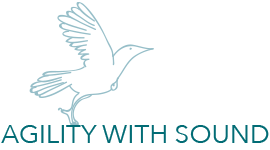Literacy for older students.
Structured literacy for older students should be grounded in the same science, but it must be tailored to their specific needs.
It must take account of and address the following:
– Older struggling students rarely see themselves as succeeding. Avoidance, lack of engagement, low self-esteem and fear of failure need to be addressed.
– Older struggling students, if they read at all, have developed entrenched but inappropriate strategies to compensate for lack of skill. These need to be overridden.
– Older struggling students typically have a base of phonics knowledge, but do not have the skills to apply this to reading and writing. It is overwhelmingly weak skills rather than limited phonics knowledge that is the core issue.
– This means that while the focus for junior beginner readers is on developing basic phonics knowledge with skills developed along the way, for older students, it must be the other way round.
– Age-appropriateness matters, and it matters a lot. This applies to skill building activities as much as to reading material.
– Older students are encountering more and more unfamiliar vocabulary, and they need sophisticated skills to figure out these words in the process of reading. What worked at primary level with familiar words often fails as students are faced with the unfamiliar.
– Teachers of older students find that while many students can decode most words, spelling and especially comprehension are generally weak. Comprehension needs to be a primary focus.
– Students are in mixed ability classrooms, often with teachers who have little or no training or experience in teaching core skills, let alone for struggling students. The needs of these teachers must be accommodated.
– Older students need to catch up, several years in one twelve- month period.
On the plus side:
– Older students are generally more capable of independent learning. Independent and peer learning can and must be a significant component of a classroom programme.

